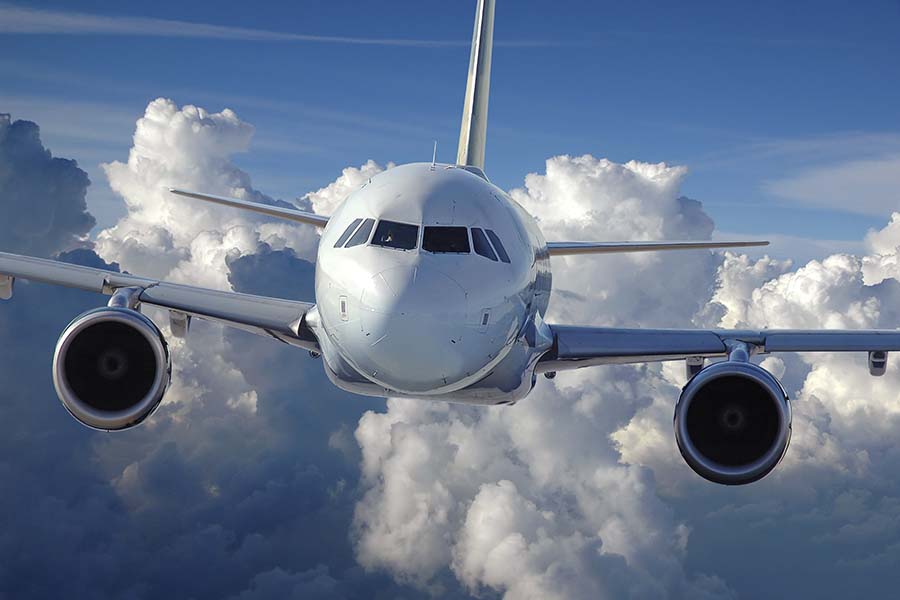
By Dr Amir Qamar, Research Associate within City-REDI,
Department of Strategy and International Business, University of Birmingham
Heathrow is operating at 99% capacity. Something has to be done but expansion comes with high costs and risks, as well as hindering the competitive position of other UK airports and regions.
With 415 votes to 119, MPs in the House of Commons have backed Heathrow’s plans to build its third runway. Arguably one of the main reasons why MPs have decided to support this initiative is for the same reason it was backed by the independent Airports Commission two years ago; Heathrow is the UK’s only hub airport. The decision to expand Heathrow has a number of both positive and negative consequences.
Heathrow currently operates around 475,000 air movements per year, which is capped at 480,000. Therefore, Heathrow is operating at 99% capacity and last year alone Heathrow flew more than 78 million passengers. With planes taking off or landing every 45 seconds, it is clearly one of the busiest airports in the world as well as being one of the world’s most efficient airports.. To put things into perspective, Chicago’s O’Hare International Airport has 7 runways but serves nearly the same number of passengers as Heathrow on only 2 runways.
Firstly, it is important to ask if Heathrow can actually afford a third runway? The runway is expected to cost approximately £14 billion and although it is unlikely that Heathrow will not be able to gather the required funds, Heathrow’s financial position is not as strong as one may think- last year Heathrow faced debt levels of around £13.4 billion. Importantly, Heathrow will not have access to any additional funds until the expansion is completed, and considering the ambitious plan to build the runway over M25, it is likely that the expansion will encompass delays passing the expected timeframe of 2025-26. History has repeatedly shown us that delays in construction are extremely expensive, which poses the question who will burden any additional costs? Prices in London are already 40 per cent higher than rival European airports, so there is little room to increase passenger prices. Heathrow may seek to ease the financial burden via a public subsidy. However, the government should not be influenced as their decision to support Heathrow’s expansion is largely motivated on the premise that the airport can finance the expansion without the use of public support.
As Heathrow airport is located in a concentrated population, there is no doubt that increasing more flights will increase pollution to the local population impacting levels of standard of living. There will also be more pressure on the feasibility of local road routes, as high levels of traffic is already an issue. More flights within Heathrow is likely to have a negative impact on other UK airports and regions, such as Manchester, Birmingham and Edinburgh. However, this can be contested as due to factors such as sensitivity to night blight and noise pollution Heathrow’s expansion will only increase the total number of flights by 5 per cent.
On the other hand due to direct and indirect job multipliers, which refer to the creation of additional jobs within (direct multiplier effect) and outside (indirect multiplier effect) of the same industrial setting respectively, the expansion is estimated to create about 60,000 new jobs, thus reducing unemployment levels. However, at this moment in time it isn’t clear whether a proportion of these additional jobs will be in the form of jobs that were lost from other UK airports. Experts suggest that the expansion will create £70 billion in total economic benefits within the next 30 years. Although some residents will have to leave their homes, as they will be knocked down, they will receive compensation worth 125 per cent of their property value as well as full coverage in terms of legal fees, stamp duty etc. The residents who do stay in the local area will receive support via a £700 million scheme dedicated to issues surrounding noise insulation. Finally, the Confederation of British Industry (CBI) has stated that as Heathrow is running to full capacity, if flight delays are not rectified it could cost the UK economy £30 billion by 2030.
At 99%, something has to be done to rectify Heathrow’s capacity levels, however the expansion comes at a high cost and with a number of risks, as well as hindering the competitive position of other UK airports and regions. Since the rise of emerging economies, demand in air travel is growing at a staggering pace and it’s safe to say that the expansion would not lead to a ‘ghost airport’. Although the expansion may seem like a relatively quick fix, the government must plan ahead and devise a clear long-term transport strategy that benefits the whole economy, whilst reducing so much reliance on certain airports. More specifically, UK airports outside of London need to be included in future airport expansion plans, such as Manchester and Birmingham. Devising a concrete UK-wide airports strategy should enable all airports to grow, as opposed to generating few winners and many losers.
- More about Dr Amir Qamar on the City-REDI website
- Follow City-REDI on Twitter: @CityREDI
- Back to Business School Blog
